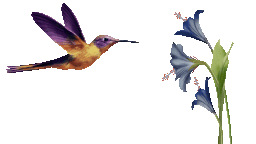The common pochard
For long-distance photography, mainly on ponds, I bought an Olympus OM-1 Mark II camera body and the OM System M.Zuiko ED 150–600 mm f/5–6.3 IS lens, which has the biggest zoom available. Olympus cameras have smaller sensors, which results in higher noise at higher ISOs. However, this shouldn't be as much of a problem outdoors as it would be indoors. This mirrorless camera also has excellent image stabilisation. The main thing, though, is that the crop factor compared to full frame is 2x, i.e. I have a 1200 mm lens overshot to 'cine film'.
I mainly take photos for iNaturalist observation, rather than for beauty, and I can identify birds photographed at a huge distance. Of course, the air usually ripples over the water, as it does over the African steppe, so photos are often out of focus.
However, in good light, perhaps in the evening and at a shorter distance, it is possible to take a nice photo with such optics. Just for fun, I took a photo of a male common pochard swimming on the illuminated surface, and it turned out quite well.
However, the camera has too many options and I still have a lot to learn.

| Aperture | Exposure | ISO |
|---|---|---|
| f 8 | 1/500 | 200 |

| Aperture | Exposure | ISO |
|---|---|---|
| f 8 | 1/400 | 200 |

| Aperture | Exposure | ISO |
|---|---|---|
| f 8 | 1/400 | 200 |
| Camera | Resolution | Sensor |
|---|---|---|
| OM-1 Mark II | 20.4 MP | 4:3 / 17.3 x 13.0mm |
| Lens |
|---|
| OM System M.ZUIKO ED 150-600 mm f/5-6,3 IS |

